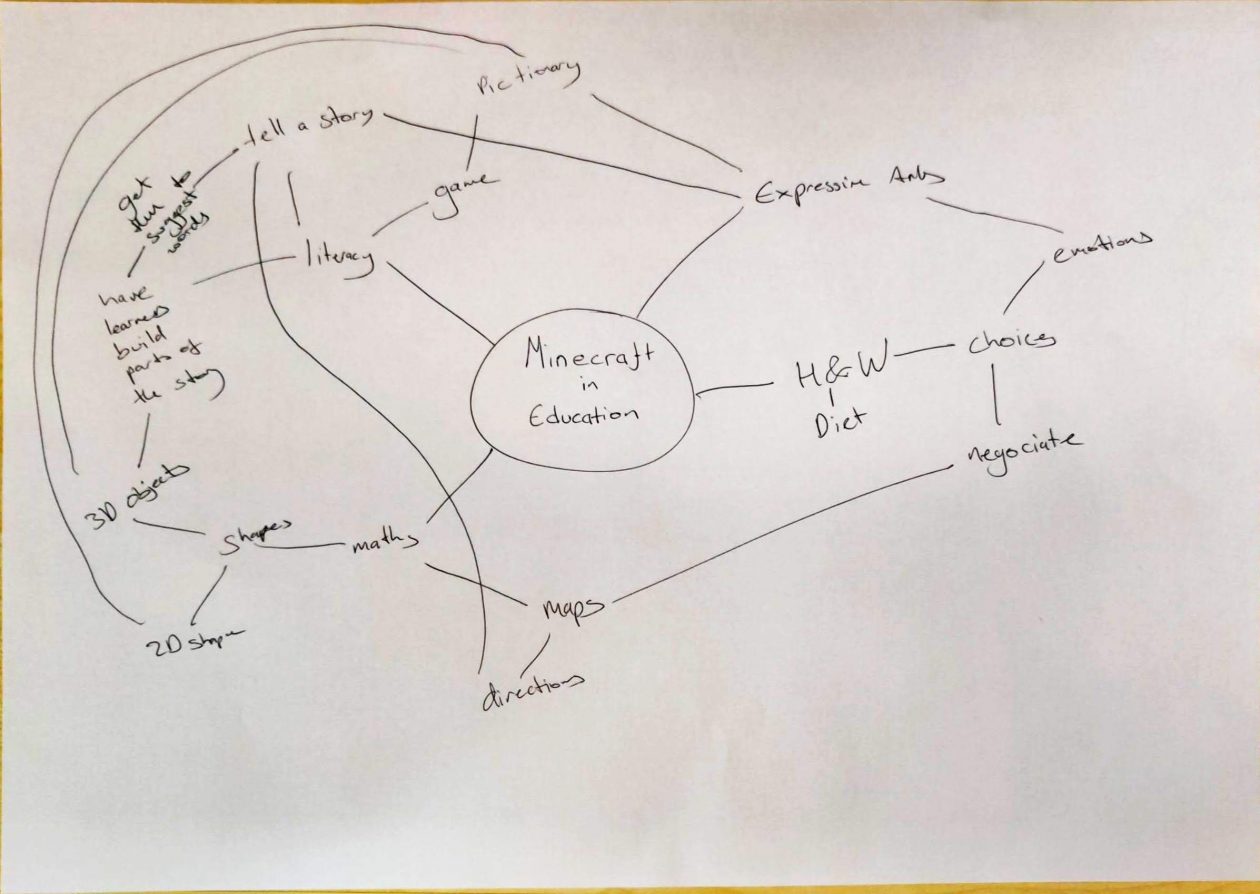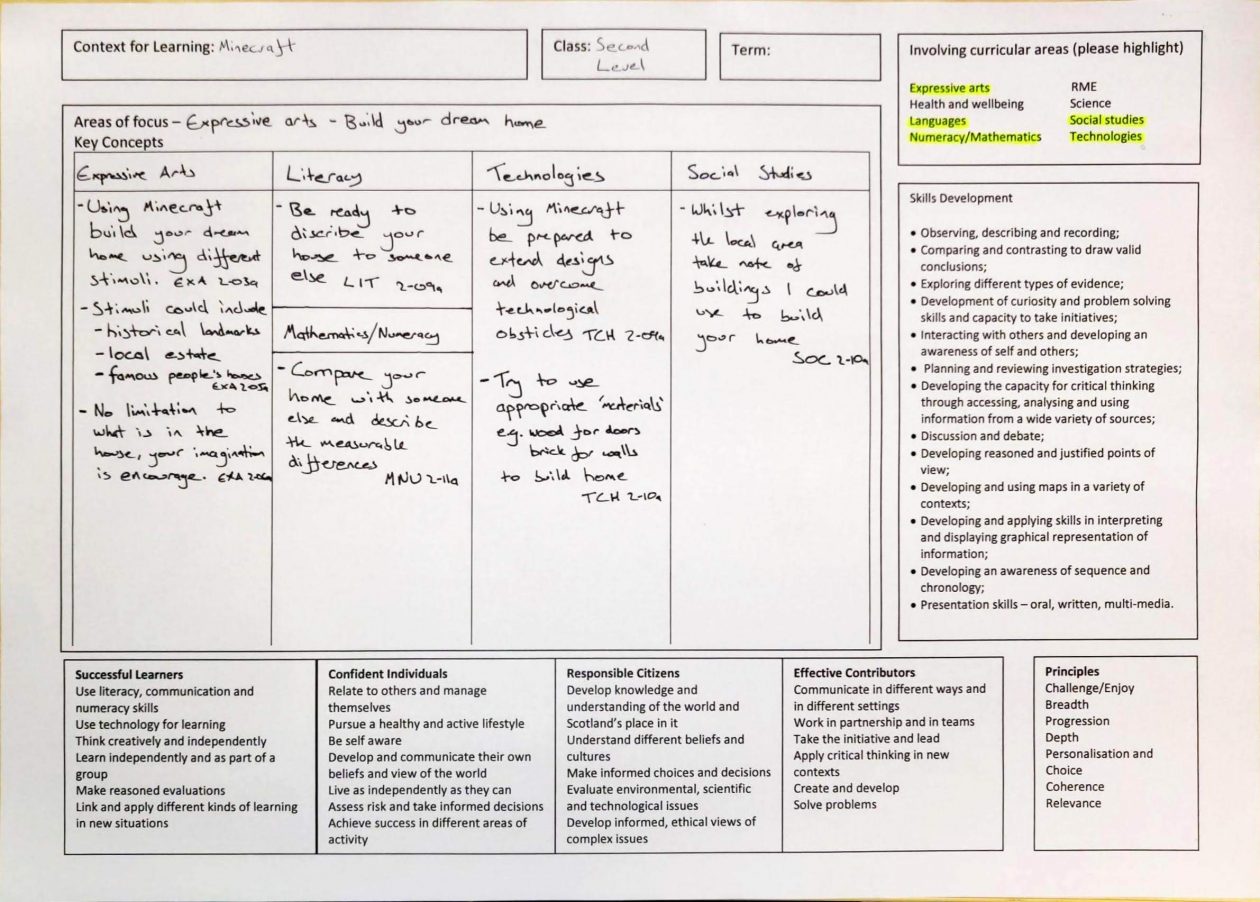As an avid – although self-labelled – gamer there is much debate about whether games based learning enhances or distracts from learning. Gaming – more specifically video gaming which is what this blog will talk about – has become a societal phenomenon with 86% of 5-7 year old children and 90% of 8-11 year old children gaming in some capacity (Ofcom, 2011). One must be careful with the motive of using games – they should about collaboration and being social rather than be competitive or used to gain status – otherwise a child’s self-esteem could be negatively impacted (Åslund, et. al., 2012). With this in mind we – the practitioner – should be clear with the intention which we want games to be used and this will help keep a classroom under control and help keep learning at the heart of what we’re doing (Beauchamp, 2012). I agree that gaming – when used appropriately – can be an effective way of making learning more interactive and relevant to the learners’ lives which, in turn, should help deepen understanding of the curricular areas being taught at the time.
This session we were tasked with using Minecraft – a game that requires the player to use blocks to create anything – to create a learning activity. I definitely seen a gap in engagement between those who have and those who have not played Minecraft previously – I was in the former – and did sympathise as although basic movement is achievable some nuance aspects, for example crafting, can be difficult to learn. We were working in groups and I was with people that had never used Minecraft before but have seen others play it so what we thought was best was for them to get to grips with the game and try to feel comfortable with the mechanics of the game. Because I have played Minecraft before I didn’t spend much time actually playing the game but went directly into thinking about lessons that we could create with Minecraft at the heart of the learning. I decided to take note of what people – who again have never played the game before – were engaging and connecting with inferring that regardless of age or skill level of the learner they will get something from the experience.

This mind map is a culmination of the ideas that I picked up from listening and asking the people I was working with to collectively get to our core idea. This collaboration for me was most helpful because firstly it almost mimics what it would be like in a classroom environment where I would be going round my learners to hear their input and secondly it allowed me to learn things I had not thought about when playing the game – for example, creating a series of walls from different materials and see which required the least amount hits to break. Ultimately, we decided to go with a lesson plan that required the learner/learners to create their dream home.
This idea – depending on how we gathered stimuli – would hit the following experiences and outcomes within Curriculum for Excellence (CfE):
- EXA 2-03a – I can create and present work that shows developing skill in using the elements and concepts.
- EXA 2-05a – Inspired by a range of stimuli, I can express and communicate my ideas, thoughts and feelings through activities within art and design.
- EXA 2-06a – I can develop and communicate my ideas, demonstrating imagination and presenting at least one possible solution to a design problem.
- LIT 2-09a – When listening and talking with others for different purposes, I can : share information, experiences and opinions, explain processes and ideas, identify issues raised and summarise main points or findings, clarify points by asking questions or by asking others to say more.
- MNU 2-11a – I can use my knowledge of the sizes of familiar objects or places to assist me when making an estimate of measure.
- [If we were to take the class on an outing in the local area] SOC 2-10a – Having explored my local area, I can present information on different places to live, work and relax and interesting places to visit.
- TCH 2-09a – I can extend and enhance my design skills to solve problems and can construct models.
- TCH 2-10a I can recognise basic properties and uses for a variety of materials and can discuss which ones are most suitable for a given task.

This was presented to the class and the only main critique was that it may be too free and may end up snowballing into something that becomes out of control. Our group accepts this could happen but only if there were not good teaching and learning practices happening within the classroom environment (Beauchamp, 2012).
This of course begs the questions “is Minecraft the best way of completing this particular lesson?” – in this instance I would say yes. I say yes because, firstly, the amount of resources a learner has is unlimited as the learner can simply “mine” for more of a certain material if required. Secondly, and continuing from the previous point, it is more cost effective to have several computers on for a specific period of time than it would be to have, what could potentially be, a lot of paper or cardboard or whatever may be used to build – of course if an outdoor trip is part of the learning we could use [free] outdoor material but this could dampen the imagination as there are limits to the resources that can be used. Lastly, and most importantly, showing that games can be a foundation of learning shows children that – without realising – they will constantly be learning and improving social interpersonal skills (Greitemeyer and Osswald, 2011). Ultimately if we, as practitioners, can elevate learning and improve a child’s social confidence using games-based learning why should we not?

References
Åslund, C., Hellström, C., Leppert, J. and Nilsson, K. W. (2012) Computers in Human Behaviour. Influences of motives to play and time spent gaming on the negative consequences of adolescent online computer gaming. [Online] Vol.28(4) pp. 1379-1387. Available: https://doi.org/10.1016/j.chb.2012.02.023
Beauchamp, G. (2012) ICT in the Primary School: From Pedagogy to Practice. Pearson.
Greitemeyer, T., and Osswald, S. (2011). The Journal Of Social Psychology. Playing Prosocial Video Games Increases The Accessibility Of Prosocial Thoughts. Vol.151, pp. 121-128.
Ofcom (2011) Children and parents: media
use and attitudes report. [Online] Available:
https://www.ofcom.org.uk/__data/assets/pdf_file/0030/55479/children_and_parents.pdf [Accessed: 8 March 2019].

